It will take a village to build a new future for Chicago’s South Side. And building that village is going to take a few decades. But the Black-led church behind the fledgling Imani Village is playing the long game.
Anchored in the city’s Pullman neighborhood, Imani Village is a social enterprise owned and operated by the nearby Trinity United Church of Christ. It’s dedicated to empowering the traditionally underserved community and those surrounding it through the creation of an eco-friendly, intergenerational, mixed-use development.
Within the next five years, Imani Village plans to transform 32 acres of land into than 80 affordable single-family homes and 70 units of senior housing alongside an academic and educational center, a community space, an organic community garden, an agricultural center, a sports and wellness center, a retail center, a community health clinic, a boutique hotel, and more.
Pulling this off will require multiple layers of funding in the form of Low-Income Housing Tax Credits, Tax Increment Financing (TIF) funding, and loans and grants from entities like the State of Illinois, the U.S. Department of Housing and Urban Development, and more. So far, Imani Village has secured a slice of the City of Chicago’s $1 billion affordable housing investment stemming from the American Recovery Plan, $8.1 million in TIF funding from the city, a loan from the city, and a climate infrastructure grant from the city as well.
The goal is for Imani Village to be what they’re calling a “LEED neighborhood,” with construction following LEED guidelines for everything from the neighborhood’s planning to its infrastructure and buildings.
Operated in partnership with Advocate Health, a faith-based nonprofit health system in the state, Imani Village’s clinic is already open as is a childcare center and a community space that’s already been used for events like baby showers. A local tumbling and cheerleading group is making the most of the gym space. Imani Village’s Green Health Advocate Program, which introduces youth to the skills necessary for careers in the community health field, is now based on-site as well.
A food pantry is currently operating on site as well until Imani Village’s healthy food hub — which will eventually include a year-round farmers market, a restaurant serving up healthy soul food, a community kitchen and more — is built out in the community that’s currently a food desert.
Across the project, workforce development takes center stage. Each buildout is treated as an opportunity to provide workforce training for youth, people who are un- or underemployed, and those coming back from incarceration. The academic center, for example, will offer opportunities to learn curriculum development. By connecting community members with internship, training, and skill development opportunities (like learning how to install the solar panels that will be found across the village’s buildings), Imani Village fosters career development in a community with 20% unemployment.
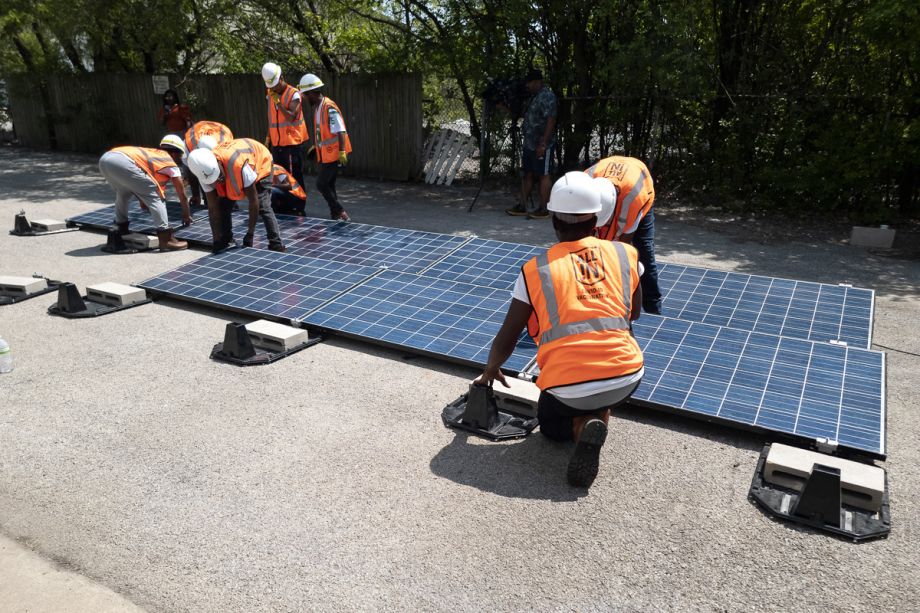
Imani Village's solar installation program in partnership with the Urban League. (Photo courtesy Juliette Tyson)
Patricia Eggelston, Imani Village’s executive vice president and executive director, says the idea for Imani Village began decades ago.
“Back in the ‘70s and ‘80s, Trinity United Church of Christ’s board for long-range planning would look at things they thought would be in the future growth of the church,” she explains. “As time went on and more issues became prevalent across this part of the southside… we began to see needs in the community that are related to the social determinants of health” — the environmental conditions that have a wide-ranging impact on health and wellbeing.
When Otis Moss became the church’s pastor some 16 years ago, the decision was made to develop a new kind of model community in the Pullman neighborhood and the church began buying the land that would become Imani Village in the early 2010s.
“We have four development principles: economic justice, health care, eco-justice, and reversing the negative impacts of mass incarceration. We believe that all of this is health equity,” Eggelston says. With Imani Village, Trinity United Church of Christ joins a growing number of places of worship working to create affordable housing, often on their own property — an emerging movement known as YIGBY, or ‘Yes in God’s Backyard.’
Although it’ll take a few years for Imani Village’s vision to be fully developed, it’s already having an impact.
Juliette Tyson is Imani Village’s mission coordinator, which means she’s in charge of community development and outreach. Part of her work includes recruiting young adults to participate in the Imani Green Health Advocate Program. Through two 6-month cohorts—one focused on community health and the other on conservation—the program helps connect kids between 18 and 25 to the environment around them, Tyson says.
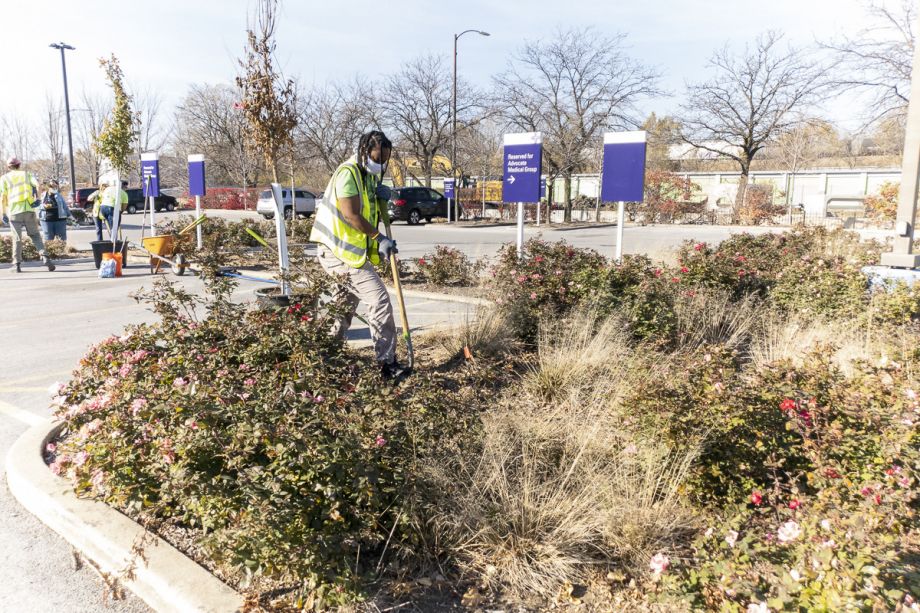
Imani Village's Green Health Advocate Program Conservation Cohort planning a tree. (Photo courtesy Juliette Tyson)
“Part of the conservation cohort includes planting trees. We’ve planted 50 trees so far to help with smog and just making the whole environment healthier,” she adds. This cohort also learns things like how to inspect and diagnose diseased trees.
The community health cohort, run in partnership with Advocate Heath, in part, goes out into the community with fresh fruits and vegetables to help community members eat healthier while teaching them skills like how to check heart rate and blood pressure.
“Quite a few of our past graduates are now community health workers,” Tyson says.

Cinnamon Janzer is a freelance journalist based in Minneapolis. Her work has appeared in National Geographic, U.S. News & World Report, Rewire.news, and more. She holds an MA in Social Design, with a specialization in intervention design, from the Maryland Institute College of Art and a BA in Cultural Anthropology and Fine Art from the University of Minnesota, Twin Cities.
Follow Cinnamon .(JavaScript must be enabled to view this email address)

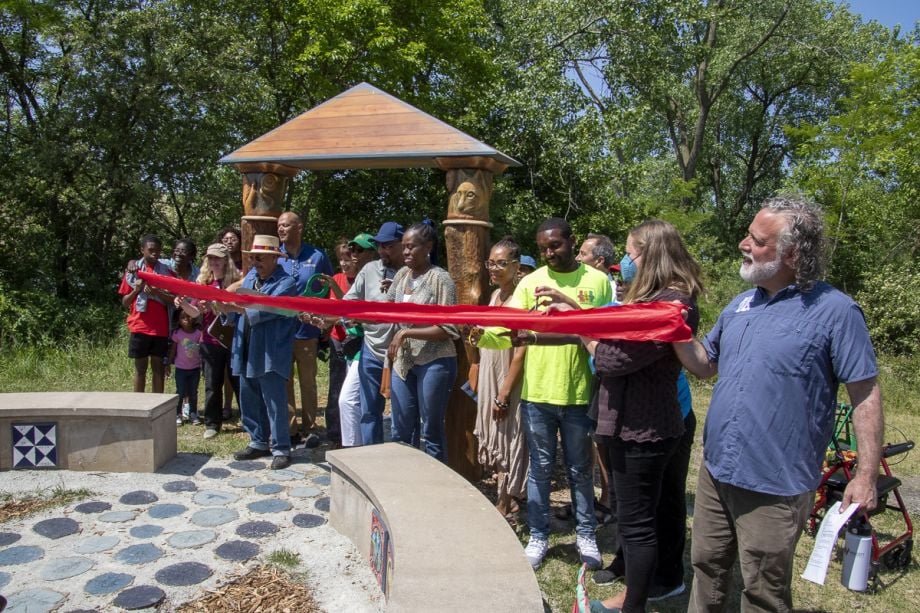
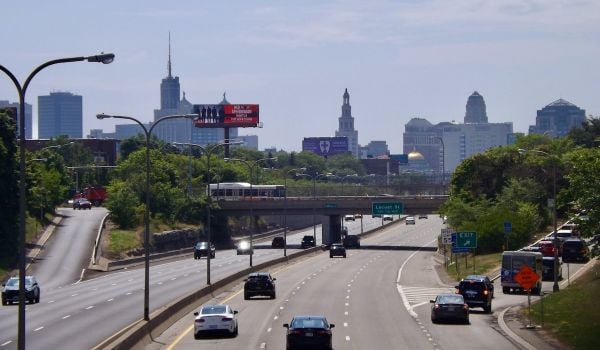



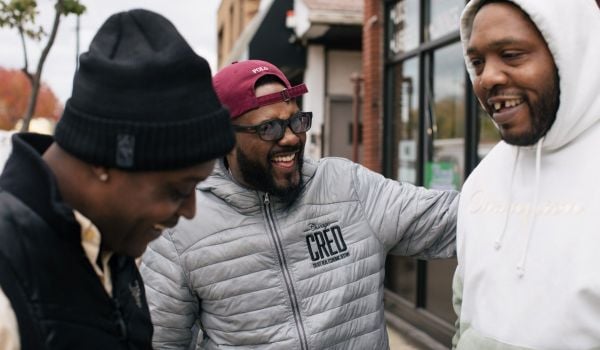
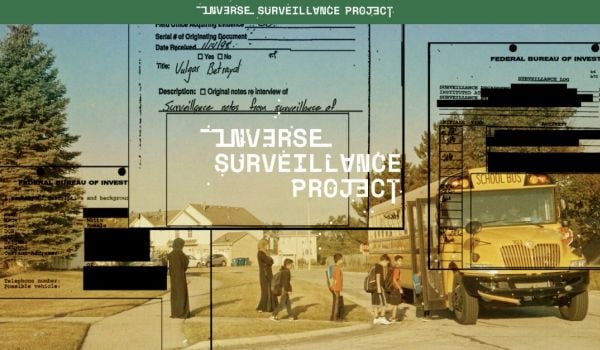
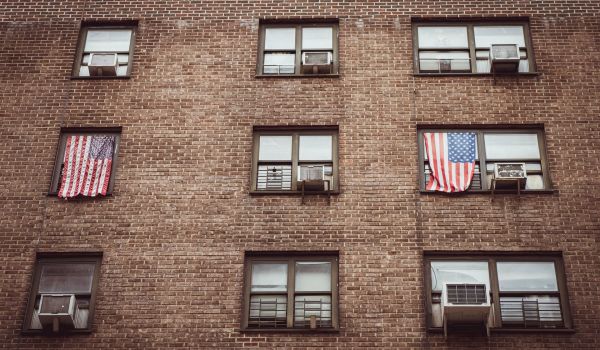
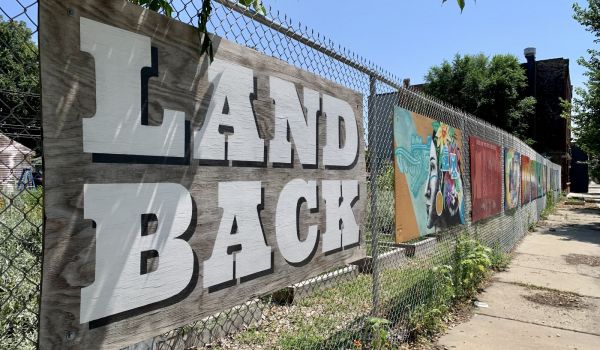







Add to the Discussion
Next City sustaining members can comment on our stories. Keep the discussion going! Join our community of engaged members by donating today.
Already a sustaining member? Login here.